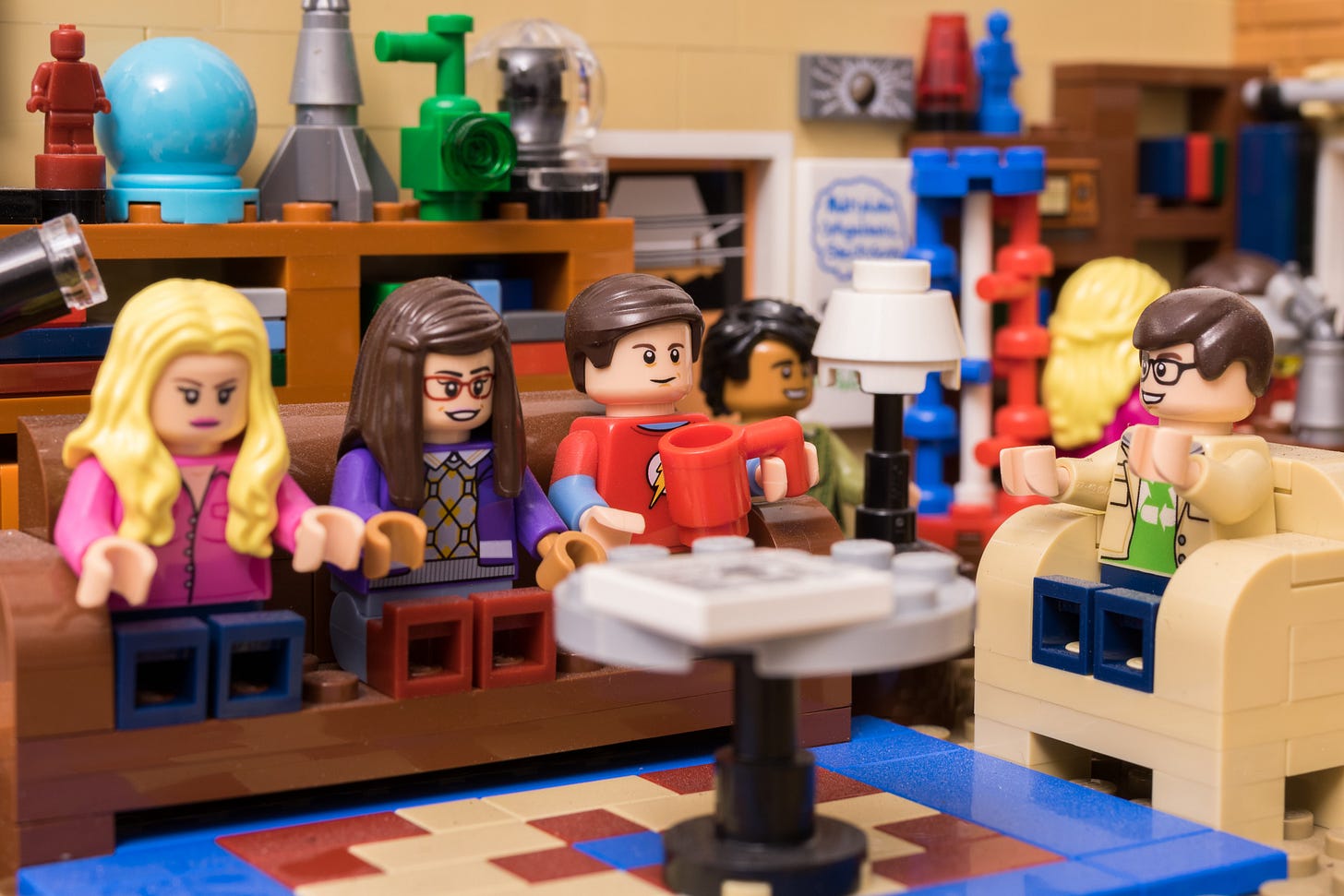Advertising and Anchoring: Why Everyone Loves TV You Hate
Love or hate it, you WILL feel good about the next big TV sensation. Here's how marketers make that happen.

It’s 7 pm. You switch the TV to free-to-air. Whether you’ve avoided watching anything for years or you’re a nightly couch potato, we can guarantee a few things:
You’re probably watching reality TV.
The show is popular with middle aged people.
You’re about to see some ads.
For the purposes of this article, let’s say it’s not reality TV. We’ll have plenty to say about reality TV in future, but for now, the Big Bang Theory is on. It’s a rerun and you know the episode off by heart. You don’t understand why people would go out of their way to watch this show, you just need something to hold your mind still while you recharge after a long day. You’re not consciously paying attention to the TV. This is important, so remember it.
An ad break begins. This gets your focus because something new is happening in your environment. The first ad is for a major TV event. Everything will change, your TV promises. A bombshell is about to drop. In the next three seconds, Sheldon makes a joke and we see his fellow nerds look shocked. It’s a Big Bang Theory ad during The Big Bang Theory.
This is when you swear to yourself and ask again how anyone could watch this. The next night, when you could be cooking or in the bath, you switch on the TV and watch this major event.
The advertisers got you. But how?
Ads start a conversation with your mind on two levels, and you can only control one.
According to Emeritus Professor of Advertising Robert Heath, these are the two forms of communication in advertising:
Communication, where we pay attention to each other and give literal signals for the intellect to consume. This is where you make and receive statements about your day, a hobby, or the weather. This is the one you can control.
And metacommunication, where we receive little unconscious cues and react instinctually. In this conversation, the face-framing curve of someone’s hairstyle tells you to trust them, a nice breeze makes you want to chat outside for longer, or a specific shade of purple in a nearby shopfront makes you want Cadbury chocolate. Much more of your brain handles metacommunication.
Dr. Heath goes through this in his book Seducing the Subconscious, if you’re interested.
There are certain times when the instinctive, intuitive mind is a much better listener than the conscious, intelligent mind. One of them is within a couple hours of the average person sitting down to dinner. Ideally they’re tired from working, and have come home to a couple more responsibilities such as children, cooking, or bill-paying side hustles. Although free-to-air TV is in decline, we are easier for advertisers to manipulate than ever because lifestyle creep and its exhaustion is making more people vulnerable. This isn’t just true for TV. You need your phone nearby at all times, and even if you’re not on call like a doctor, you feel a need to keep it close.
Another factor is ubiquity. If something is all around us and has been for a while, we assume it must be trustworthy. This is one reason why we complain about the most beloved entertainment in society.
“If everyone is in love with a TV show, shouldn’t it be the best, or at least good?”
No, that’s not how affection works. Raw skill and even competence isn’t the only thing that causes us to love something and be comfortable with its company. Like a chocolate you’re eating because it’s in front of you, we fill our perception with things that are usually there because it makes us feel at home. You can do this to people artificially with ads and other direct marketing, like social media posts or newsletters. We assume that everything in our society, every way we do things, is the best in history. But it’s not, it just makes us feel at home.
And it takes more than stuffing a program into your face every night to make it ubiquitous. You need to begin believing it’s familiar, a part of your life, part of you. The easiest way to do this is to stimulate mirror neurons, which are parts of the brain that make us do and feel things we see being done and felt. It’s an empathy trigger. The Big Bang Theory does this the way many sitcoms do, by clearly showing faces dealing with everyday situations. When Sheldon keeps knocking and repeating Penny’s name in a monotone, then she answers the door with a superhumanly patient or bemused face, we get it. We are that face, and have probably worn it a dozen times that day. This article is doing it by describing sensory experiences that feel good. A fresh breeze, the taste of chocolate, that relieved sinking into your lounge. How many more can you spot?
Here, The Big Bang Theory pulls the fundamental advertising trick: mixing attention-grabbing weirdness with a clear and relatable message. A good ad assumes you’re not paying attention, which means you’re not engaged in a logical conversation, but your instinctive metacommunicative mind has taken over. It’s extremely easy to make you feel when you’re in this state. So now they can pull out a quirk: Sheldon’s weird way of knocking on his neighbour’s door, which will suddenly grab your attention. Then we get the reaction. They bolster it with a laugh track and you feel good for watching, especially if you’re only half paying attention. Watching this show feels right, especially if you’re only half paying attention.
When you tune out, you open your eyes and ears to emotional triggers. That’s why primetime TV is still an advertiser’s dream.

